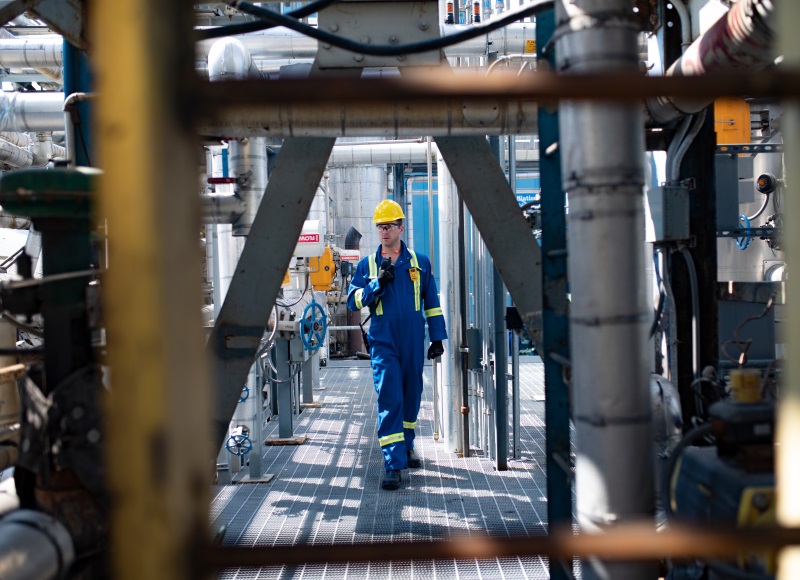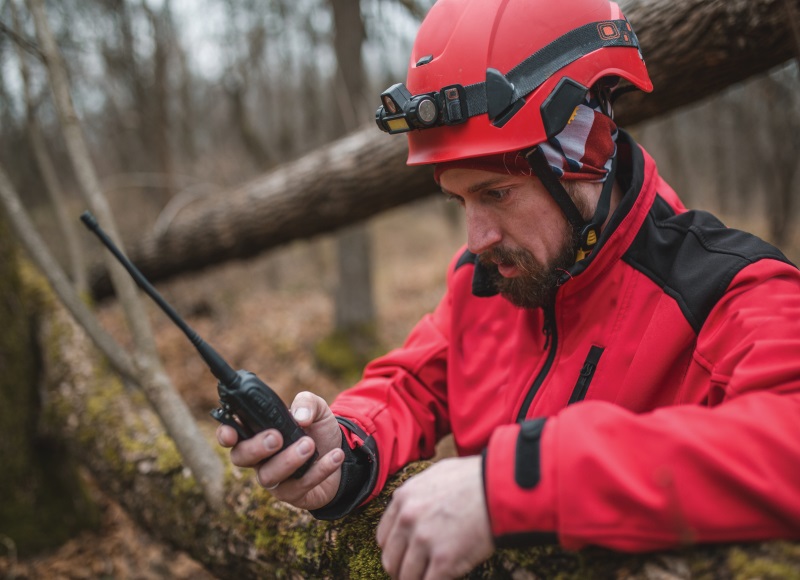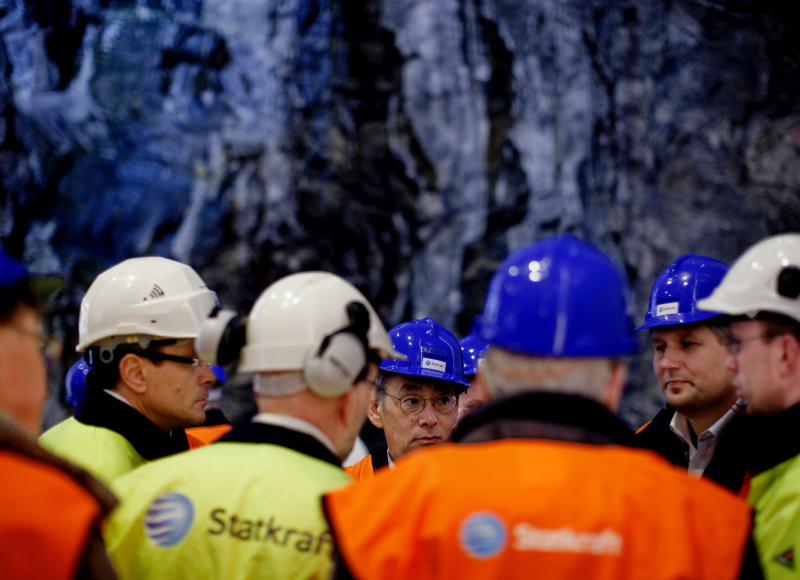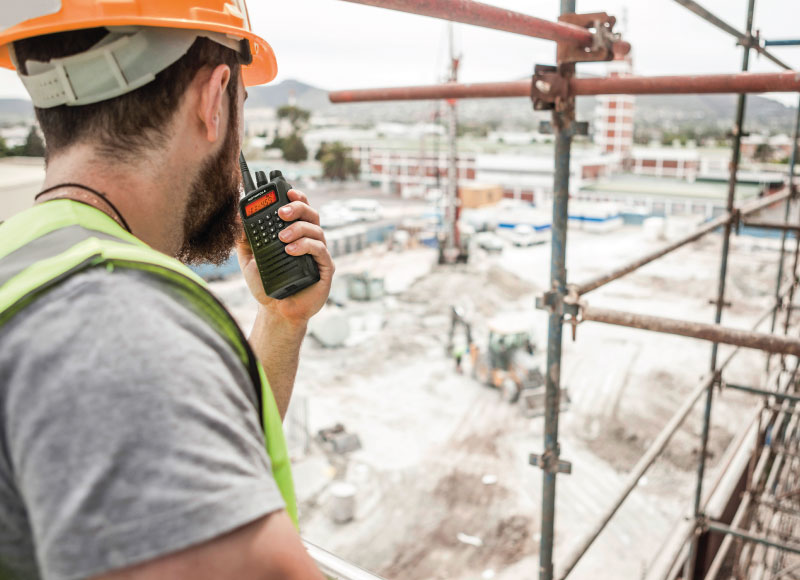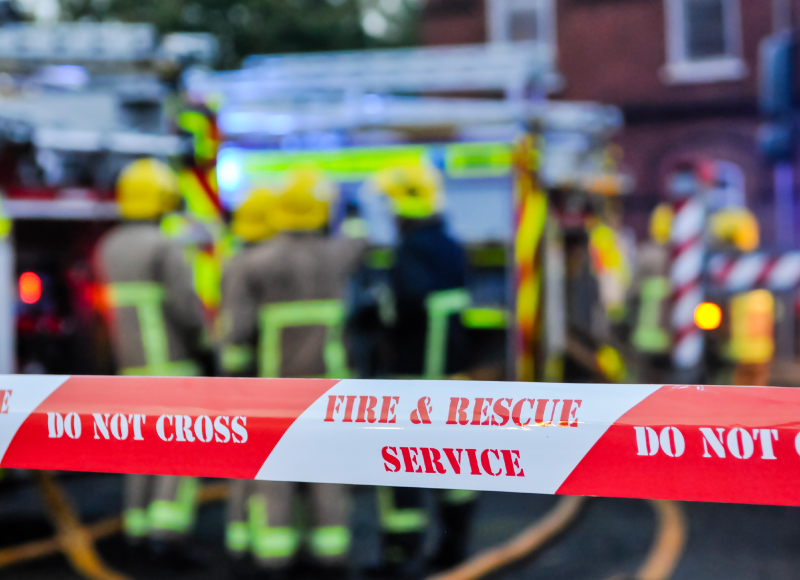A body-worn camera is a compact wearable device that captures and transmits both sound and video information. This means that when the footage it captures is viewed, whether in real time or after the situation, there is strong evidence showing what occurred. In some environments, body-worn cameras can be integrated with CCTV and two way radios to trigger an emergency recording. The purpose of body-worn cameras varies slightly from sector to sector, so we’ll examine some examples to demonstrate its uses.
